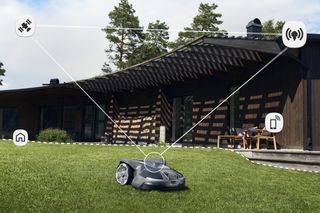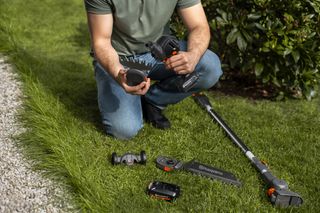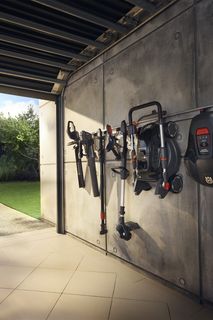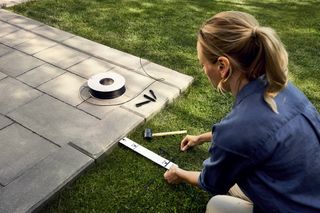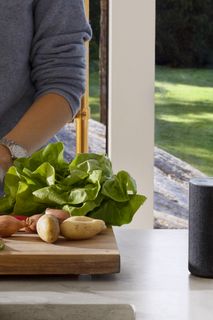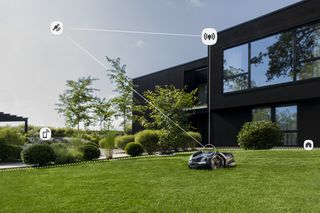
Enjoying a hedgehog-friendly garden
At Husqvarna, we believe the garden should be a beautiful space for you to enjoy. But we also believe it should cater to the creatures that call your garden home – and the ones who just occasionally stop by! We launched the BioLife initiative to promote the garden as an important component of supporting your local biodiversity. We also have a commitment towards zero accidents involving our products and small animals.
10 steps to a hedgehog-friendly garden
One of our Garden MVPs (Most Valued Player) is the hedgehog, as it preys on many common garden pests, including snails and snakes. Populations have dwindled in recent years for unknown reasons, so with the help of hedgehog researcher Dr Sophie Lund Rasmussen, we’ve put together a list of 10 ways you can make your garden more hedgehog friendly:
- Put out water and food (cat food is a good option for hedgehogs) and make sure to keep good hygiene around the feeding station.
- Encourage natural food for your hedgehogs, such as by putting out wildflower seeds or creating insect hotels.
- Build nests for hedgehogs! Create a cosy, wild corner in your garden using garden waste or piles of leaves or logs.
- Be sure to check grass, bushes and hedges carefully before mowing or trimming. The same goes for your compost heap – don’t dig your fork into it until you know it’s hedgehog free!
- Make a hedgehog highway by building tunnels or paths between gardens away from the street.
- Make ponds and pools safe by ensuring there is an easy escape route.
- Cease using pesticides and harmful chemicals.
- Cover deep holes and drains, or ensure there is an easy way out.
- Make sure netting is kept safe and that there is no litter that can harm animals.
- Be careful with bonfires. Move the pile to a new site on the day of burning it.
A recent study from the University of Oxford has noted the difference in safety levels for hedgehogs when it comes to robotic mowers. The robotic mowers from Husqvarna performed well in the test because – along with other safety features – they are equipped with a lift sensor as well as lightweight, pivoting (not fixed) blades, making them safer for small animals.
To read more about our Garden MVPs, visit our Biodiversity page.
To read more about Dr Sophie Lund Rasmussen research, find her publication here.
